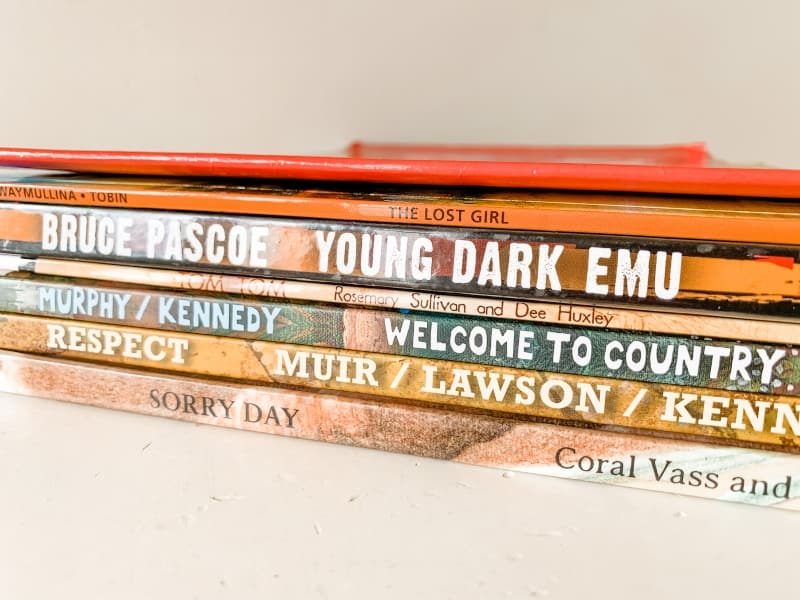
Teaching kids about Aboriginal and Torres Strait Islander peoples
Updated 5 July 2023
Teaching children about Aboriginal and Torres Strait Islander histories and cultures is something I’ve become increasingly passionate about over the past few years. I weave it into my classroom activities and enjoy introducing my young students to Aboriginal perspectives, particularly when we’re discussing history, geography and science.
When I was at school (a looong time ago now!) there was almost no acknowledgement of the fact that Aboriginal people had been living on this land for many thousands of years before the English came to stay in 1788. There was certainly no acknowledgement of – or interest in – the culture of First Nations people. Thankfully, that’s changed and we now have a range of beautiful picture books which are just perfect for introducing small humans to the histories and cultures of Aboriginal and Torres Strait Islander peoples.
Sharing books about Aboriginal and Torres Strait Islander Cultures
So here are my 10 favourite picture books for introducing children to Aboriginal and Torres Strait Islander histories and cultures. I use them in the classroom with children aged between 5 and 12 years and but I think they’re also great for older children and even for adults.
These books are fantastic to read throughout the year but they’re especially good to share with children during NAIDOC Week and around Sorry Day and Reconciliation Week.
The books I’ve written about are important books for Australian children to explore. They introduce concepts which are integral to our understanding of the experiences of Aboriginal and Torres Strait Islander people, help children develop empathy and provide a foundation for understanding complex issues about our shared history. And they do all this in a way that makes the stories and histories interesting and engaging for young people.
I hope you and your little ones enjoy these beautiful books.
1. Tom Tom
Tom Tom is a book I share with every grade I teach because it provides a window into a way of life that’s very different to the life my K-6 students live in Sydney. It’s intended for younger children but even my Year 5 and 6 students enjoy it.
This simple story follows Tom Tom, who lives in a remote community in the Northern Territory, as he shares his life with his extended family, friends and pre-school teacher. The straightforward text and vivid illustrations perfectly capture his rich, full life and offer plenty of scope for discussion with children of all ages.
This is such a gorgeous book and well worth getting hold of if you’re keen to help your kiddos understand something of the diverse ways Indigenous people live in Australia.
2. The Lost Girl
This lovely book tells the story of a little girl who wanders away from her family and is lost in the bush, unable to find her way back to her family’s camp. She becomes cold, tired, hungry and thirsty but finds food and water in the bush and eventually follows a crow back to her home.
The illustrations in this book are really lovely – gloriously bright, with lots of lovely details about the bush and desert landscapes to notice and discuss with children.
But the real joy for me comes at the end of the book when the little girl’s brother asks if she was scared and she replies: “How could I be frightened? I was with my mother. When I was thirsty, she gave me water.” She goes on describe how her ‘mother’ – her country – provided for her and eventually showed her the way home.
The rich conversations you’ll have after reading this book are a beautiful way to help children begin to understand the connection Aboriginal people have to the land they live on, their country.
3. Respect
We often talk about respect at school and it can be a difficult concept for children to grasp. Little ones especially find it tricky but even the older children often have trouble with it: what does it mean? what does it look like in practise?
This book acts as a wonderful springboard for discussions about respect generally as well as helping to enrich children’s understanding of what it means in the context of Aboriginal cultures. The text is sparse and perfectly pairs with Lisa Kennedy’s gorgeously rich and colourful illustrations to describe Aboriginal people’s respect for the things in their world, including their country, their Elders and their Ancestors.
This is a new book in 2020 and it’s fast becoming one of my favourites to share with children of all ages. It’s just beautiful.
4. Welcome to Country
At school assemblies, our kiddos hear us paying our respects to Aboriginal and Torres Strait Islanders as the traditional custodians of the land but do they really know what the words mean? And do they know why we do it?
Teaching across a number of different primary schools in Sydney, I’ve found that many children have no idea what the words mean or why they matter so I was delighted to find a picture book to help me explain why the Welcome to Country and Acknowledgement of Country rituals are important.
Aunty Joy Murphy is a Wurundjeri elder from Victoria and this book describes the ‘welcome words’ traditionally given by Wurundjeri Elders to people who wish to visit or travel through their country. Illustrated by Lisa Kennedy, this is a lovely book to share with children after reading Respect because it picks up – and builds on – the themes of respect for the land, the animals and the people introduced in that book. Together the two books help children understand the deep and abiding connection Aboriginal people have to the country on which they were born.
5. Baby Business
If you share Respect and perhaps also Welcome to Country with your young one, Baby Business is a lovely book for you to read together next. The book tells the story of a Darug baby smoking ceremony which welcomes the new baby to country and connects it to the land to which it belongs. The beautiful ritual of the smoking ceremony is described using simple, sparse text which is perfectly suited to young children but which older kiddos also love.
At its heart, this is a book about belonging and about connection to country and the need to care for it. The author grew up on Darug country and has integrated Darug works throughout the book, with a glossary at the back.
6. Fair Skin Black Fella
This story is about a young Aboriginal girl who lives on a cattle station and is shunned by the other girls because she has fair skin. She is very unhappy until finally Old Ned, one of the community elders, teaches the girls that Aboriginal identity is not about skin colour but about family, community, country, culture and spirituality.
This is a book for young children about a big and very important idea: that culture and belonging transcend skin colour. It’s an idea that many of us who are adults can struggle with so I was delighted to come across a book which opens up this conversation for young people. But this book actually goes much further. As well as touching on themes of Aboriginal culture and identity, it provides a springboard for conversations about acceptance, respect, loneliness and friendship.
7. Sorry Sorry
Sorry Sorry is an amazing book which introduces the issues of colonisation and reconciliation in a way that’s engaging, familiar and non-threatening for even the youngest children. It’s one of my favourite picture books and a book that I use regularly in the classroom, with children from Kindy to Year 6.
The book begins by telling the story of the First Fleet’s arrival in Sydney Cove from the point of view of the First Peoples. It explains that the First Peoples helped the Other Peoples and that, in the beginning, the two groups were friendly towards one another. It goes on to describe the First Peoples’ concern for the land and the animals as more and more Others arrived and the way the Others forced the First Peoples from their land, cutting down trees and building roads and houses. Finally, it explains the Other People’s’ realisation of what they had done and our on-going work to try to make things right.
Every time I share Sorry Sorry with a new class, I’m blown away by the way the children respond. Anne Kerr’s simple text and child-like illustrations succeed brilliantly in explaining the events and issues in a way that evokes understanding and empathy, two qualities which our world needs in our children as we move forward together.
8. Sorry Day
Sorry Day is yet another book I share in the classroom and it’s another one which really resonates with all age groups, from my Kindy kiddos to the Year 6 crew.
The book tells two separate but connected stories, with each one unfolding on alternate double-page spreads. There’s the story of Maggie who’s waiting with her mum and with thousands of others to hear the Prime Minister say ‘sorry’ to the First Nations people for stealing their children. And then there’s the story of how the children were taken away, how they hid and the pain of their families.
This book is a wonderful and very powerful way of introducing children of all ages to the story of the Stolen Generations. It helps children understand what happened, the grief of the children, their families and their communities and goes on to explore the power and importance of acknowledgement and saying ‘sorry’.
9. Finding Our Heart
This picture book is quite new. It was written by Thomas Mayor, a Torres Strait Islander man who was born on Larrakia country in Darwin, to explain the Uluru Statement from the Heart in a way that Australian children could understand.
And this book does a brilliant job. It’s honestly one of the most beautiful and moving picture books I’ve ever read. The illustrations are fabulous and the text is beautifully written and pitched at just the right level to make it engaging for children of all ages, from three-year-olds up.
The book begins by describing the way Aboriginal people have lived on this land and cared for it for thousands of years. It describes the arrival of Captain Cook and the way Aboriginal people were ignored and treated badly in the years after white settlement. It goes on to say:
“So we protested and we asked all Australians to listen to us. Because we know our country. Because our country is sad and we need to find our nation’s heart to make it better.”
The book’s message is that we need to listen to the voices of our First Nations people and work together to heal our beautiful country and the author presents this message gently so that the reader never feels guilty, but rather empathic and hopeful. It’s also, ultimately, a very empowering book for children because it acknowledges the part they can play in helping our country heal by asking, at the end: “Will you help find the heart of the nation?” This is followed by an explanation of the Uluru Statement and some suggestions for activities parents and teachers can do with their children.
10. Young Dark Emu
This is a picture book for older children and actually, probably, for teenagers and adults too. I found it fascinating, even though I’d already read the original book – Dark Emu – on which this book is based.
Young Dark Emu uses the accounts of early European explorers, colonists and farmers to challenge the story most of us were told at school: that Aboriginal people were nomadic hunter-gatherers and did not build houses, grow crops or use technology of any kind. This story is important because it was the story used to justify the English colonisation of this ’empty land’ and was accepted as fact by most Australians for over 200 years.
The book is divided into chapters addressing different aspects of Aboriginal life such as agriculture, aquaculture and food storage. In each section, Australia is described as it was before Europeans arrived – a land of cultivated farming areas, productive fisheries and permanent homes, inhabited by people who had a deep understanding of their environment and of its natural resources.
This is a great book for teachers and parents to explore with young people aged from about 10 years up.
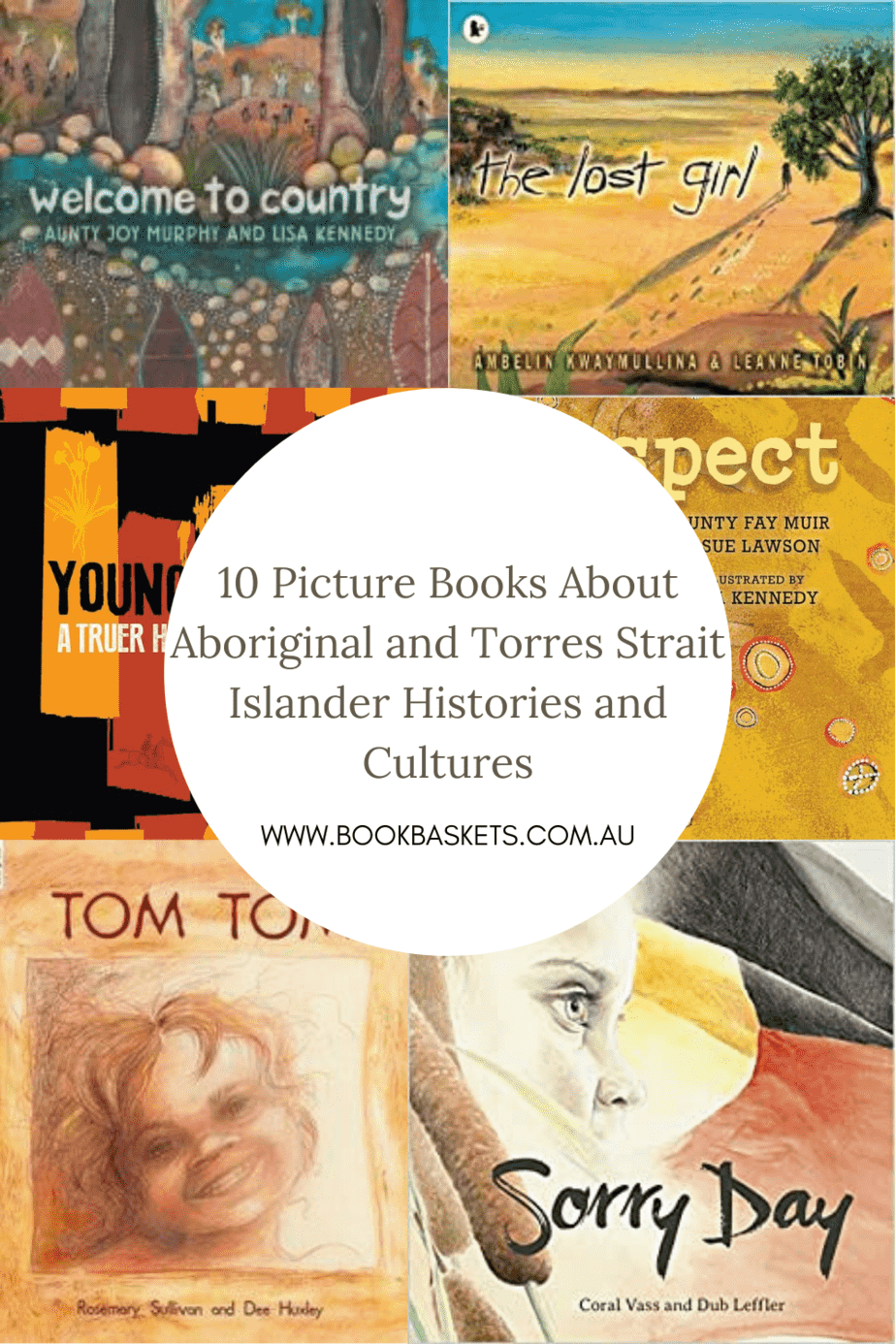
Over to you
Do you think it’s important to share books about Aboriginal history and culture with your kiddos?
Do you have a favourite book about Aboriginal and Torres Strait Islander histories and cultures?
Can you recommend any other good books about Aboriginal history or indigenous perspectives?
I’d love to hear what you think so drop me a line in the comments.
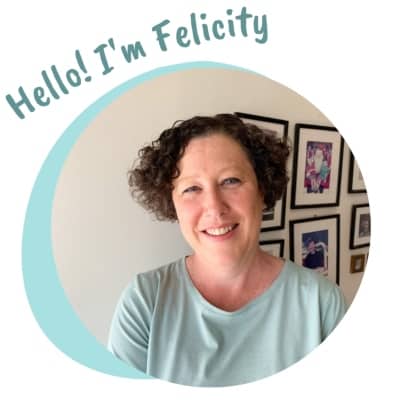
I’m Felicity - a parent to three young humans and a primary school teacher who loves books.
I’m passionate about helping parents discover the joy of reading to their little ones and I love helping you discover quality picture books to share with the babies and small humans in your lives.
I also create gift baskets and Little Book Gifts filled with the very best books for children from newborns to four-year-olds. You can check them out here.
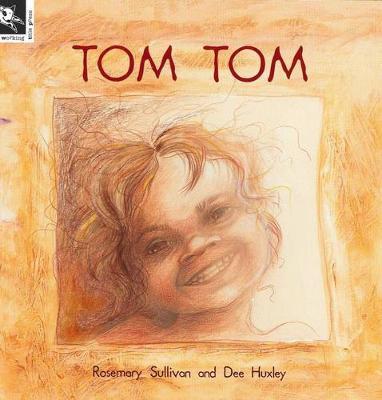
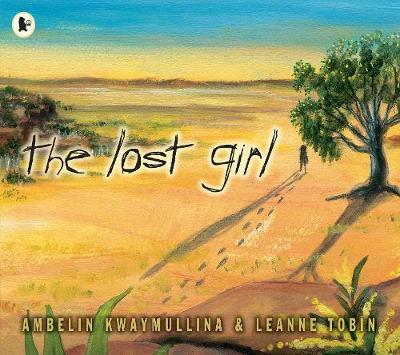
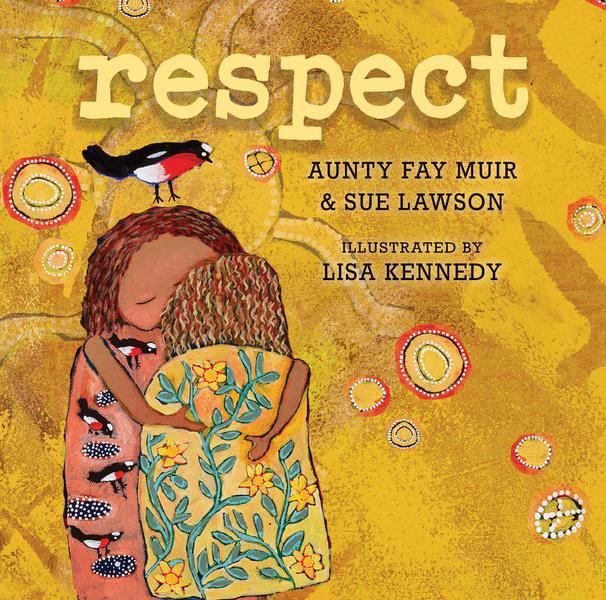
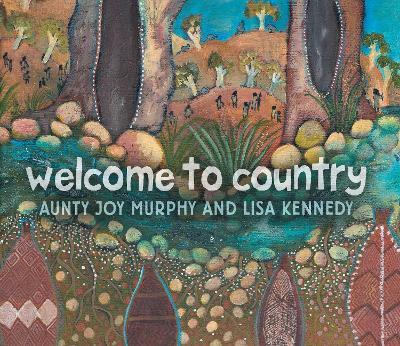
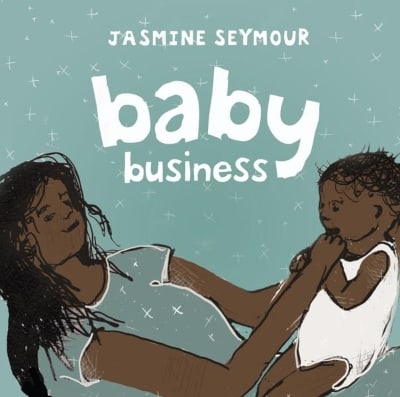
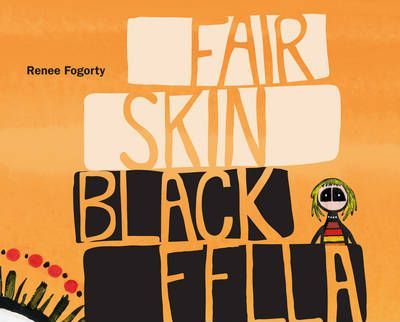
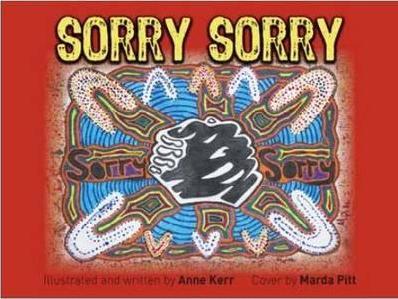
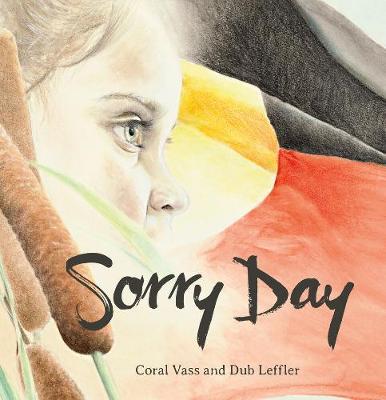
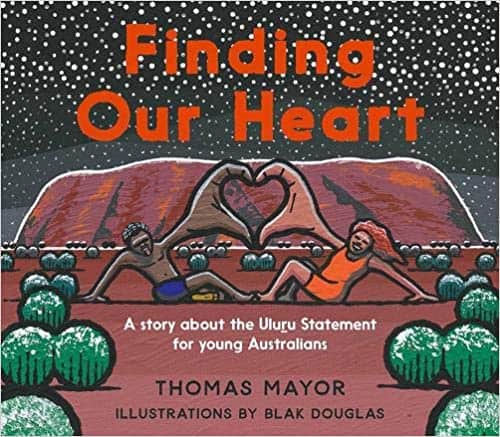
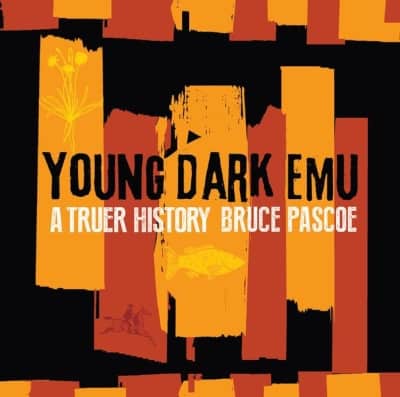
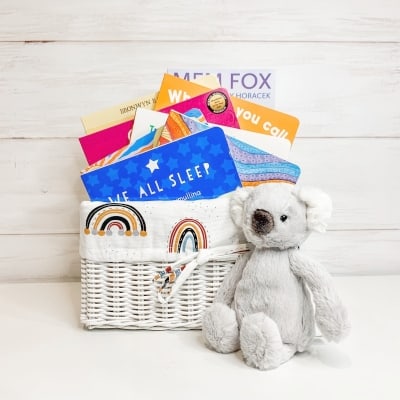
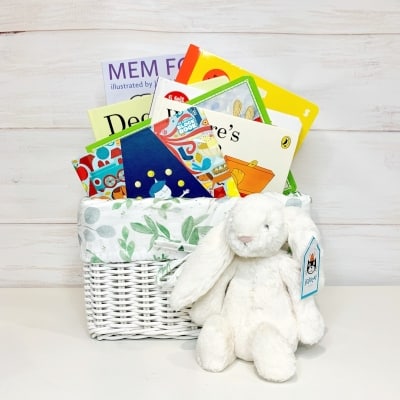
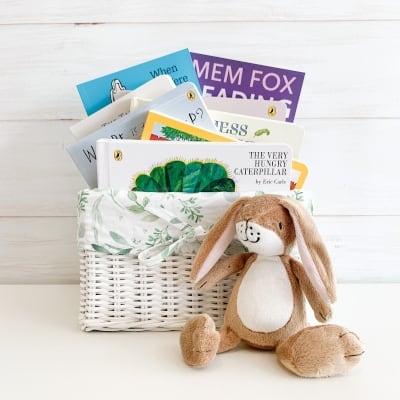
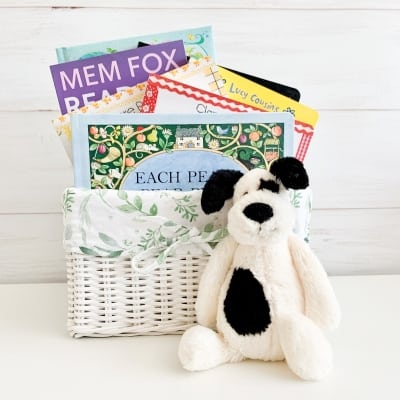
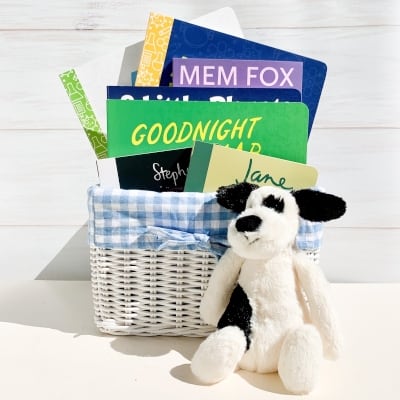
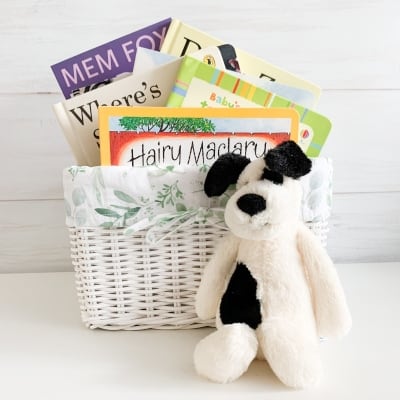
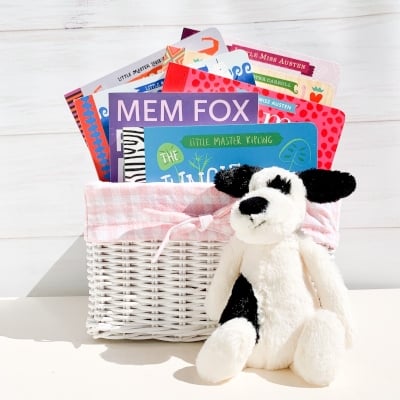
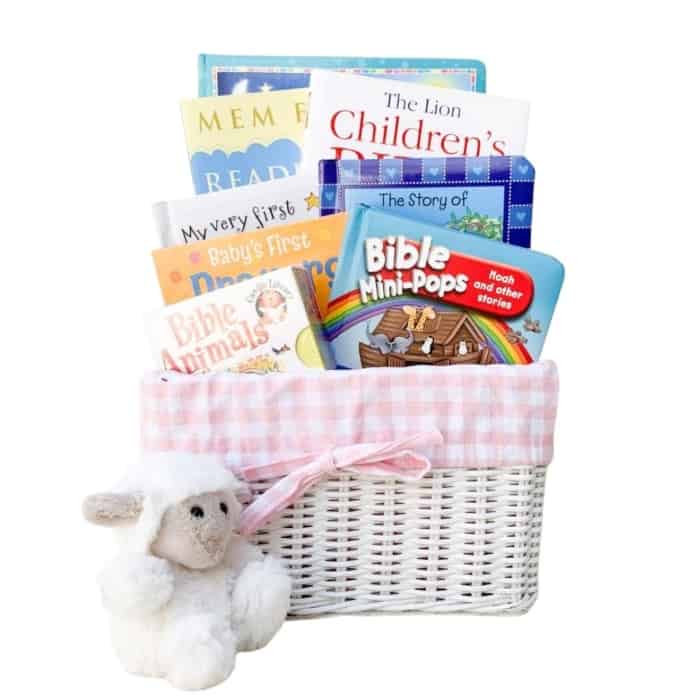
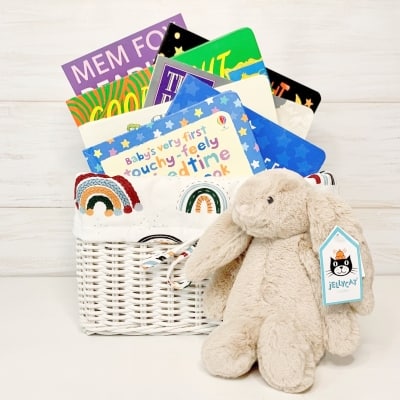
0 Comments